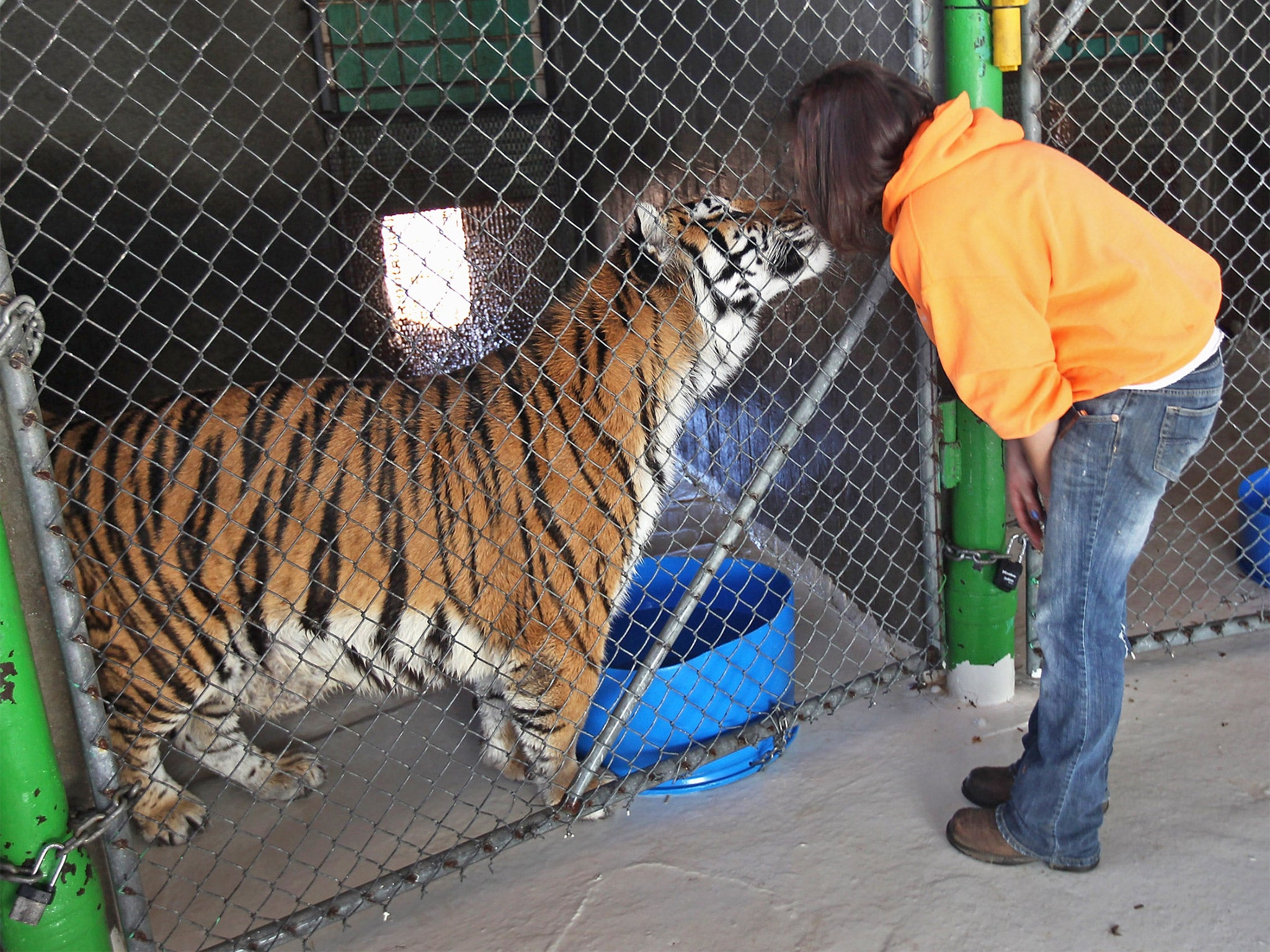Saving the tiger an extreme dream? Yes, but we can achieve it
With the right conditions it really is possible to achieve the Tx2 goal of doubling the number of tigers in the wild

It’s an alarming fact that there are so few tigers left in the wild. They’re an icon of the wild and it’s grim to imagine future generations knowing the magnificent tiger purely as an animal that lives and breeds in captivity.
To prevent this bleak prospect a goal has been set to double the number of tigers in the wild by 2022. Known as Tx2, the goal was established at a global summit in St Petersburg in 2010. It was agreed by the governments of the 13 “tiger range countries”, where tigers still roam free: Bangladesh, Bhutan, China, Cambodia, India, Indonesia, Laos, Malaysia, Myanmar, Nepal, Russia, Thailand, Vietnam. Each country will monitor its tiger numbers and encourage conservation efforts in the hope that this target can be reached. It’s an ambitious task but we can achieve it.
Only 3,200 tigers remain in the wild, and over the last 150 years the animal’s natural habitat has shrunk by nearly 95 per cent. We also know that during the last century over 95 per cent of the world’s wild tiger population has disappeared. So is it possible to turn things around, and if so where do we start? Well, it seems that governments in tiger range countries, together with organisations such as WWF, are stepping up to the mission and increasing their efforts to achieve this critical goal.
Unfortunately, threats such as poaching are still with us. Indeed, poaching remains the greatest threat to wild tigers today – and, along with ivory and rhino horn, tiger parts remain in high demand.
However, good news is emerging from places such as Nepal, where tiger numbers are starting to recover. In fact, they seem to have the situation largely under control there: the last time a tiger was known to have been poached in Nepal was in May 2011.
We know from our domestic cats that they are prolific breeders. So, with the right conditions, it really is possible to achieve the Tx2 goal. Habitat loss has cut tiger populations off from each other, and this has led to a shrinking gene pool. Conservation work must therefore focus on connecting tiger populations to ensure that the animals can mix and breed.
With enough protection, enough prey and water, and with their habitats reconnected, tigers will be able to mix and breed, and we will see them make a comeback. It’s not about “saving” tigers any more.
We need to be ambitious: the task now is to increase the number of tigers in the wild. We need to just give them a chance.
Ben Fogle is a WWF-UK ambassador
How to help:
Text: TIGER 70060 to make a £3 donation
Telephone: 0844 7360036
To adopt a tiger: bit.ly/WWFAdopt
To donate to WWF Russia: wwf.org.uk/protecttigers
This is a charity donation service. Texts cost £3 plus one message at your standard network rate (age 16+; UK mobiles only). The WWF will receive 100 per cent of your £3 gift. The WWF may contact you again in future. If you would prefer it not to call, please text NOCALL WWF to 70060. If you would prefer not to receive SMS messages from the WWF, please text NOSMS WWF to 70060. If you wish to discuss a mobile payment call 0203 282 7863. Except for the Adopt a Tiger programme, donations made through the provided links and telephone number will go towards the WWF’s tiger projects in the Russian far east. For more details, visit wwf.org.uk/tigerterms. WWF UK, charity registered in England, number 1081247, and in Scotland, number SC039593.

Join our commenting forum
Join thought-provoking conversations, follow other Independent readers and see their replies